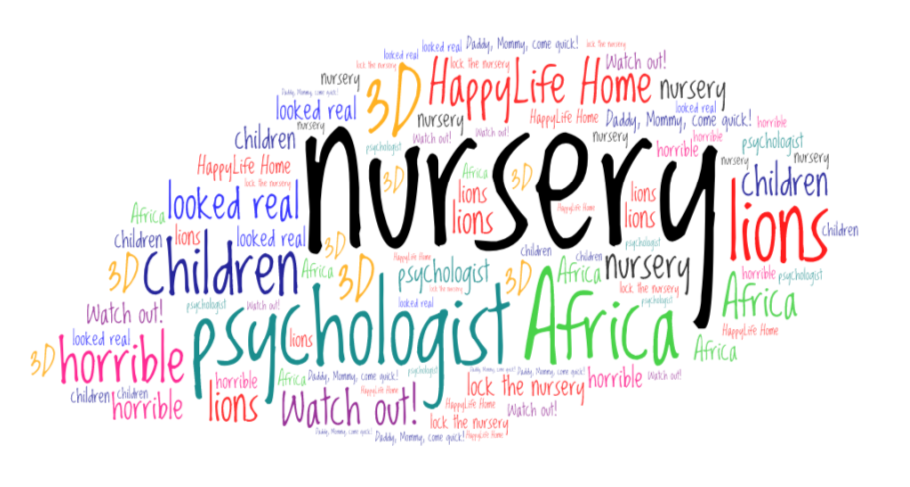In the previous article we had a look at the concept of narrow reading which is reading a variety of texts on the same, ‘narrow’ topic. That is what we quite often do in real life immersing ourselves in our hobbies or work-related texts.
‘But you can’t make a teenager read nowadays!” people say. That is true – you can’t make them. However, they do read a lot, though, probably, not exactly what you expect from them. Below you will find some ideas of how to incorporate narrow reading techniques into your lessons and maybe find out more about your teens’ tastes.
Before reading
Start the beginning of a new studying year or term with a little questionnaire about learners’ interests. It might contain some trivial questions like:
What was the last thing you read?
Have you got a favourite author?
What do you think about comic books?
…
If they try to evade with some ‘I hate reading’ kind of things, then use this:
Which topics seem most interesting to you?
Give them a mark from 1 to 5 where 1 is the most boring:
space
fashion
wildlife
mysteries
geography
ancient times
…
After that, you can either provide students with texts you’ve chosen based on their preferences or just let them turn to their favourites, but this time in English. Then it’s time to decide if you are going to practise narrow reading in class or make it part of long-term homework.
Home reading
If your teenage students opted for reading at home, ask them to keep an ‘author’s dictionary’. Let them write down the words and phrases which they frequently meet while reading their favourite series of comics, short stories by Bradbury, or Instagram* accounts of favourite pop-stars. They will be re-exposed to a lot of the same lexis and patterns as authors tend to have their unique style and turn of phrases.
Arrange one lesson a month and let teens share their findings. They can choose 5 most useful words or phrases and teach each other, using specially prepared cards. The cards can be made at home with a word on one side of the card and a definition on the other. Students first show each other the definition and try to elicit the word. It’s also a good idea to ask them why they have chosen these particular words. Associative memory works wonders.
One more idea is to ask students to create a word cloud based on the words they have selected from one of the texts.

When they bring this word cloud to class, their peers should guess the topic, main characters and, probably, the plot or key ideas.
Projects also work well. Ask teenagers to report about their reading progress at the end of some specified time. Here are some of the options they might choose:
- Choose a short piece of the text you liked best. Read it aloud in class.
- Draw illustrations of the texts you’ve been reading.
- Prepare a quiz about the facts that surprised you while reading.
- Write a review, post it online, send the link to your group mates to comment.
All these ways of making language noticeable are valuable for teens. First, they require some analytical work. Second, they are less tedious if focused on a topic teens find appealing. And, finally, they just enhance memorisation and offer a lot of opportunities for peer teaching.
Class reading
First things first – why don’t you let teens google when you come across an interesting text in a coursebook? Most stories have real people behind them, and much more details than a coursebook page can fit. One of our last reading texts with a group of teens was about a guy called Adam Cudworth. At the age of 19, he sent a camera to space. This experience was transformed into a text-based grammar activity on relative clauses. So easy to do and forget. Before we even opened the exercise, I asked the students to google for Adam Cudworth and jot down 3 facts about him. In a matter of minutes, they found his Twitter, Instagram*, a dozen articles and a ton of pictures. We ended up having quite a lively discussion which then went smoothly to grammar. An obvious drawback is that it works better with high levels. However, you can give it a go with an Elementary group of risk-takers as well.
If your teens are just starting to learn English, it might be reasonable to guide them into more reading during the lessons. Are you about to learn food? Print out several Instagram* posts with hashtag #food or #yummy.
 These little pieces of reading might work as a basis for a series of follow-up questions, expanding coursebook vocabulary or writing a recipe.
These little pieces of reading might work as a basis for a series of follow-up questions, expanding coursebook vocabulary or writing a recipe.
Also, you can present any topic as a number of narrow reading texts. Create a long list of details in English or Russian taken from the various texts and display it on the board. The task for the students is to match the information on the list to the text it comes from. Alternatively, you can provide each text with a short summary to match. This way, your teens will get more exposure to the language and, hopefully, notice and memorise more language patterns.
At first glance, narrow reading activities seem time-consuming for teachers and not very realistic for teenage learners. Take some time before starting these with your teens and design the activities with the students’ likes and needs in mind. You will see how effective and engaging narrow reading can be for boosting vocabulary and improving general performance.






 Вероника Аветисян
Вероника Аветисян 
 Маргарита Аветисян
Маргарита Аветисян 


